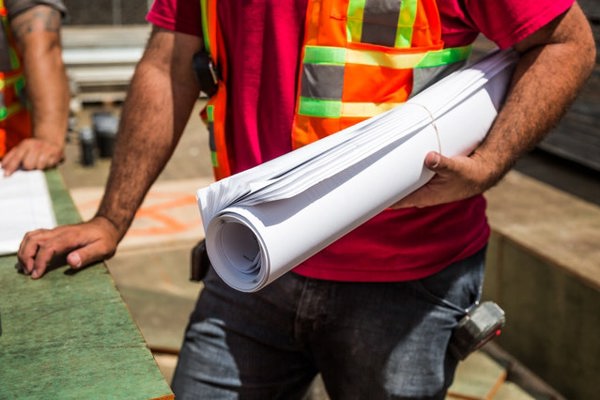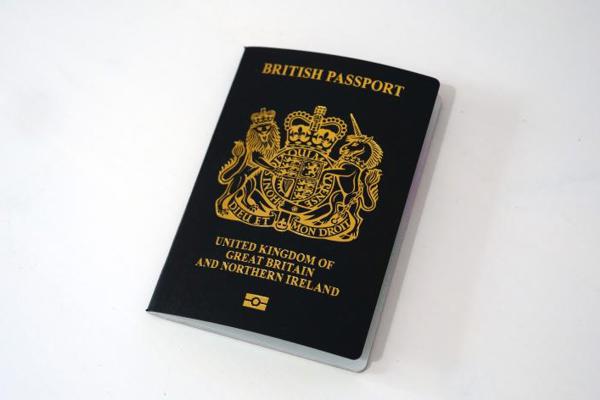
What is a Zambrano application?
"Zambrano" is a route available under EU law. It can be used by a parent where they are a primary carer of a British citizen child, where the child would be compelled to leave the UK if the primary carer leaves. The Zambrano route is based upon principles contained in the Treaty of the Functioning of the European Union.
A successful Zambrano application will result in grant of a derivative right to reside under EU law. An application under this route costs £65 but does not as a matter of EU law lead to a right to stay in the UK permanently. It does, however, now offer access to the new EU Settlement scheme which can lead to settlement by way of Settled Status, so people who have already benefited from the principle may not be able to make an application to stay permanently even though they did not expect to be able to do this.
A Zambrano applicant has a difficult test to meet - he or she must show that they are the primary carer for a British child and that their departure from the United Kingdom would compel the British child to leave the UK.
This test of compulsion is crucial to the application - where there is a second parent with the right to stay in the UK (which is usually the parent through which the child would have become British), the Home Office would not consider this test to have been met and would instead expect the other parent to look after the child, rather than granting a derivative right to stay to the applicant. This is interpreted restrictively so it is not considered relevant whether the other parent is willing to care for the child.
As a practical example of the difficulties of this, one of my colleagues once acted in an appeal where the British citizen father of the child gave evidence that he could not look after his child. He said that his work required regular travel abroad and long hours, so the only way his child could remain in the UK would be if her mother was granted a derivative residence card. The Home Office refused the application on the basis that the father could leave his job to look after his child, there was no consideration of the financial consequences of such a decision.
The EU Settlement scheme and new caseworker guidance for Zambrano cases
The EU Settlement scheme has opened the door for existing Zambrano applicants to settle in the United Kingdom in the light of Brexit. As derivative residence under this route did not lead to Permanent Residence under EU law this is welcome news for people who have been recognised as Zambrano carers as they would now be able to apply for Pre-settled and Settled status under the new scheme but making an application can be complicated. This has also made the Zambrano route more attractive and a cheaper way for qualifying persons to settle in the United Kingdom.
This year has also seen a significant change in the way the Home Office treats new Zambrano applications. The Home Office updated its guidance in May and introduced a requirement that an applicant under the Zambrano route must have attempted a Human Rights application under the UK Immigration Rules first. This is known as an Appendix FM or EX.1 application and is available to the parents of British children.
Further to this, the guidance states that if an alternative visa is held under UK immigration law, the Zambrano route is not available. This new requirement makes it impossible to switch to a Zambrano from any other existing UK visa. It also greatly reduces the prospects of a new Zambrano applicant parent securing Settled Status in the future since they will likely be required to complete 10 years residence under the Immigration Rules.
Effectively the change ensures applicants will not apply for derivative residence in order to avoid paying the higher fees of domestic immigration law or the Immigration Health Surcharge.
What will this mean in practice
The difference in practice is thousands of pounds in Home Office application fees, Immigration Health Surcharge fees and Legal fees. An application for leave to remain under the Immigration Rules is £1,033 and is valid for 2.5 years.
The Immigration health surcharge adds another £1,000 for the same period. An application for Indefinite leave to remain under the rules is currently £2,389. This adds up to just over £10,500 if an applicant is granted leave to remain under Appendix FM.
On the other hand the initial application fee under the Zambrano route is £65. If the applicant then settles under the EU Settlement scheme this is free.
The new guidance has not yet been tested in court. Rights under EU law are usually free-standing and unconditional as long as the eligibility criteria are met. This makes it likely that the courts will be asked to confirm their position on whether the current approach is permissible, but anyone relying on such a challenge is likely to face a long wait and high legal costs as the case is likely to go through several stages before being resolved.
What should someone do if they think they can make a Zambrano application
I continue to see online forums, and Facebook posts, promoting making an application under the Zambrano route, but my advice to clients is to be cautious. Over the last 3 years I have seen a high number of cases where applicants applied for a derivative residence card only to be refused as they did not meet the Home Office test.
The new guidance means that anyone considering an application under this route should carefully consider their options, and I would recommend they take legal advice before applying. While an application under the Immigration Rules can be expensive, it is likely to be the best option in many cases and will result in a earlier outcome than a derivative residence application and appeal.
If you are thinking about making an application under the Zambrano principle, please get in touch so we can help you choose the right path.


